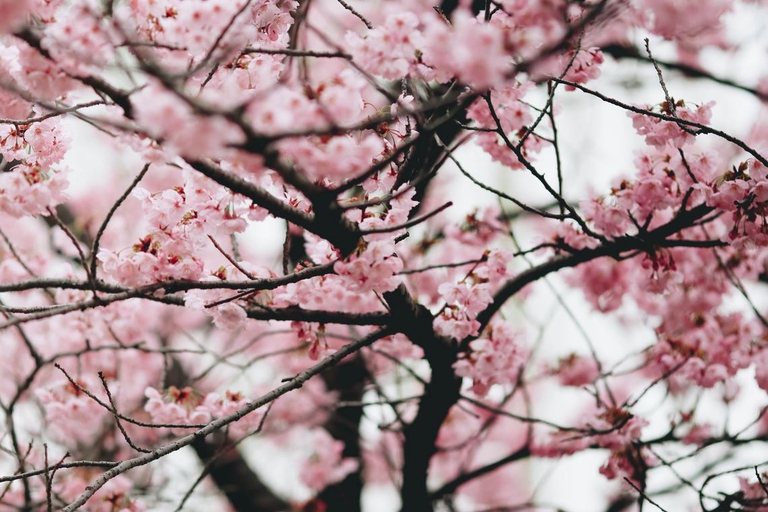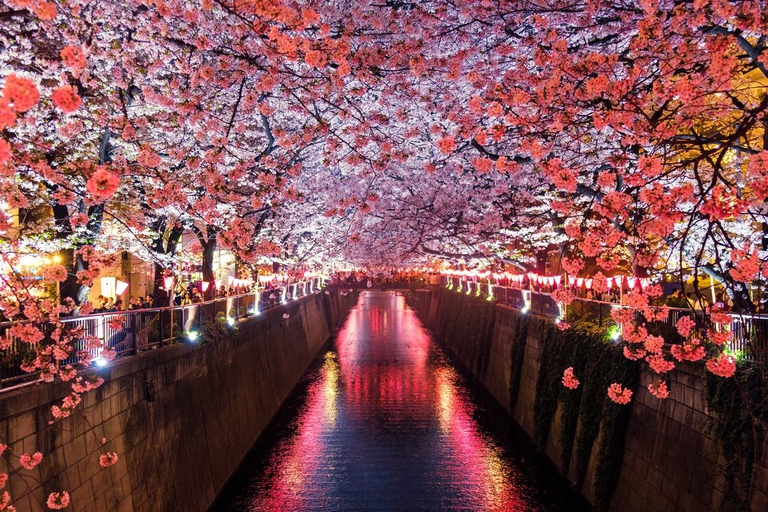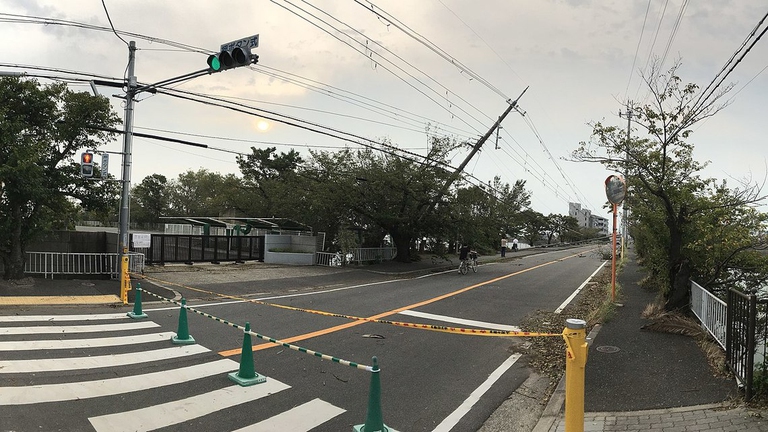
After a landslide led to twelve deaths on the island of Ischia, questions have been raised about the impacts of illegal building, tourism, and climate change.
Every year, just for a few weeks, everybody in Japan goes crazy for hanami, the iconic cherry blossom season. The forecast for spring 2019 is that it will arrive earlier than usual again.
What is the best time of the year to visit Japan? The answer is certainly spring, during cherry blossom season, when sakura flowers, as they’re known in Japanese, can be admired at different times according to one’s location in the country. But if you’re already planning to visit Japan in 2019 to enjoy the famous cherry blooming during the hanami period, you could be disappointed because this year it’s predicted to take place at the end of the March, a little earlier than usual. This news, however, isn’t a big surprise. In the last decades, every year the sakura flowers have bloomed earlier because of climate change, as global warming has increasingly anticipated the spring season in Japan.
One of the most important yearly traditions in Japan, still celebrated today, is hanami, which literally means viewing flowers. It refers in particular to the tradition of contemplating blooming cherry trees in spring. During these days, everyone in big cities and the countryside alike spends time outdoors to appreciate the amazing event. To enjoy hanami, people of all ages organise picnics and excursions throughout the country. Cherry blossoms also attract many tourists, who try to get the best pictures of this natural wonder, from all over the world. Surely, this is the best time to visit Japan and enjoy its magic atmosphere. Nevertheless, it’s also the busiest one and sometimes it’s difficult to predict in advance when, exactly, the cherry trees will be in bloom.
At the beginning of January, the Japan Meteorological Corporation, which conducts an annual forecast of the cherry blossom season, announced that this year hanami will probably arrive earlier than usual again. This is the second year in a row that spring, and with it sakura blossoms are predicted to arrive very early in the “land of the rising sun”. In 2018 sakura started to appear in Tokyo as early as the 17th of March and this year people could start enjoying hanami in the capital from the 21st of the same month (information updated on the 21st of February).
As usual, because of Japan’s extension from north to south, the residents of Kochi prefecture will be the first to see the cherry blossoms (predicted on the 17th of March), while in the north the season will arrive a little later, with Hokkaido expected to enjoy the first buds on the 3rd of May. Although hanami may vary from one year to the next, in the last decades the date of the beginning and full flowering of the cherry blossoms has shifted from the first ten days of April to the last days of March.
In addition to early blossoming during springtime, last year saw another strange event related to sakura flowers. In October 2018 there were many cases of cherry blooming completely out of season. While everyone was getting ready to pull their jackets and pullovers out of the wardrobe, some of the sakura started blooming even if spring was still very far. Flowering trees surprised tourists and residents, as they were expecting to enjoy the autumn foliage instead. Although this phenomenon has already been witnessed in the past, it’s hard to remember so many trees blooming in October. Unfortunately, this occurs once a year, so to admire the flowering sakura of those trees that were in a hurry to bloom last autumn we’ll have to wait until spring 2020.
Despite the beauty of hanami even in October, this unexpected phenomenon leads to serious considerations about the effects of climate change in Japan. According to climate expert Hiroyuki Wada, a tree doctor at the Flower Association of Japan, unusual weather, which also caused a particularly high number of typhoons to hit the country in 2018, could lead to cherry blossoming happening at different times of the year. In fact, violent storms during the summer caused the falling of leaves that usually release a hormone preventing the blooming from occurring in advance. Moreover, a number of unusually warm days following the storms tricked the trees into starting to flower.
In its last Climate Change Monitoring Report, the Japan Meteorological Agency shows how the cherry blossoms have been flowering earlier every year over the last six decades, with a trend of one day earlier per decade. Such findings clearly show the significant effects of global warming in Japan. In fact, as the report highlights, these phenomena are closely related to surface average temperatures and long-term warming is considered to be a major factor behind this trend.
Siamo anche su WhatsApp. Segui il canale ufficiale LifeGate per restare aggiornata, aggiornato sulle ultime notizie e sulle nostre attività.
![]()
Quest'opera è distribuita con Licenza Creative Commons Attribuzione - Non commerciale - Non opere derivate 4.0 Internazionale.
After a landslide led to twelve deaths on the island of Ischia, questions have been raised about the impacts of illegal building, tourism, and climate change.
Not much snow, peaks of 19 degrees Celsius in Norway and even 28 degrees in France: official data confirms the anomalously high temperatures of this past winter.
Ocean warming has risen to record highs over the last five years: just in 2019 the heat released into the world’s oceans was equivalent to that of 5-6 atomic bombs per second. The culprit, no doubt, is climate change.
What did Greta Thunberg tell participants at the 2020 World Economic Forum in Davos? Once again, the Swedish activist underlined the total lack of concrete solutions to the climate crisis presented by leaders so far.
The list of human and animal victims of the Australia wildfires keeps growing – one species might already have gone extinct – as the smoke even reaches South America.
Kivalina is located on a small island once guarded by sea ice, which is now melting due to global warming. While the sea threatens to wipe the village off the face of the Earth, its inhabitants refuse to give up their lives and traditions.
Thanks to activists, the voice of the world’s peoples resounded through the COP25 like an alarm bell. Governments didn’t reach the results they demanded, but their cries and messages were stronger than ever, reaching even those who weren’t in Madrid.
Climate change poses a risk for millions. However, women are the most vulnerable to its negative consequences: a few simple considerations by the Italian Climate Network help us perceive the global implications of this.
The COP25 ended two days late and with very few steps ahead made. Climate negotiations in 2020 will be an uphill battle as political will clearly seems to be lacking, once again.










